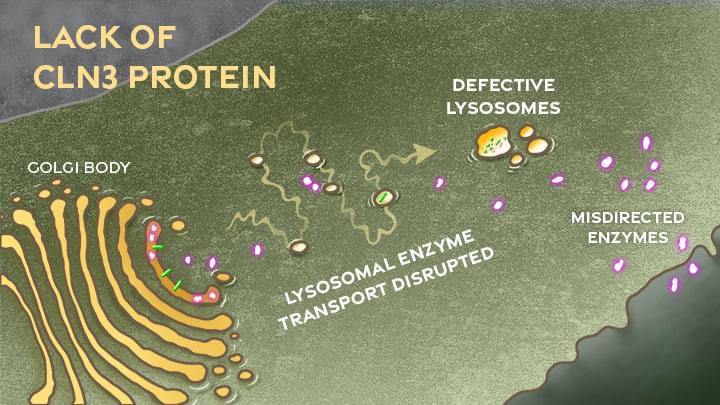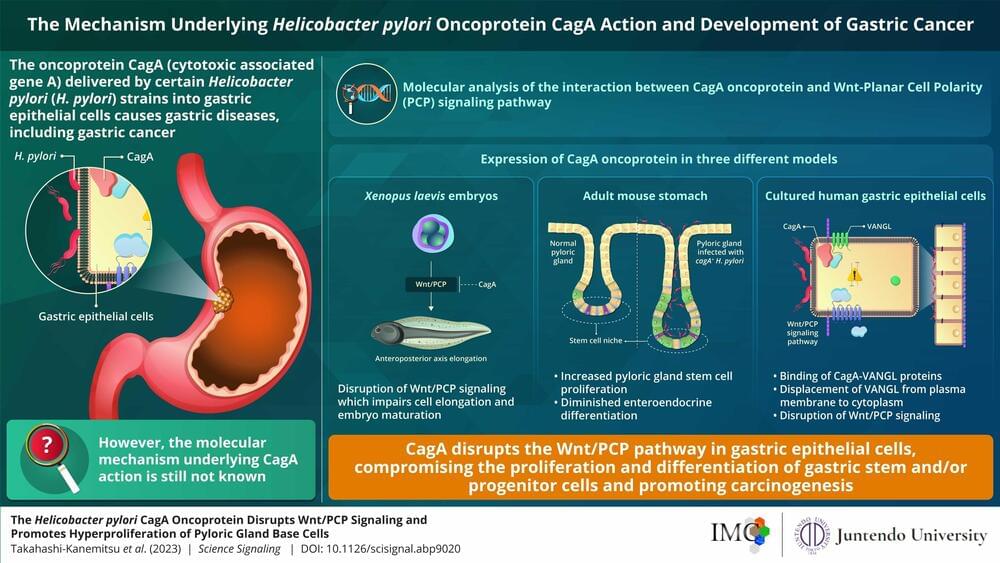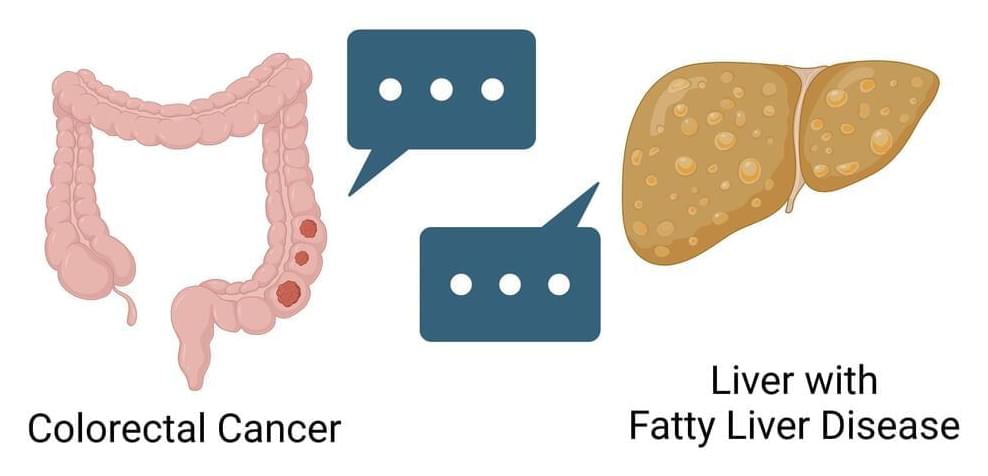Jul 19, 2023
Will AI make MC the MVP of particle physics?
Posted by Dan Kummer in categories: mathematics, particle physics, robotics/AI
Originally developed nearly a century ago by physicists studying neutron diffusion, Monte Carlo simulations are mathematical models that use random numbers to simulate different kinds of events. As a simple example of how they work, imagine you have a pair of six-sided dice, and you’d like to determine the probability of the dice landing on any given number.
“You take your dice, and you repeat the same exercise of throwing them on the table, and you look at the outcome,” says Susanna Guatelli, associate professor of physics at the University of Wollongong in Australia.
By repeating the dice-throwing experiment and recording the number of times your dice land on each number, you can build a “probability distribution”—a list giving you the likelihood your dice will land on each possible outcome.


















